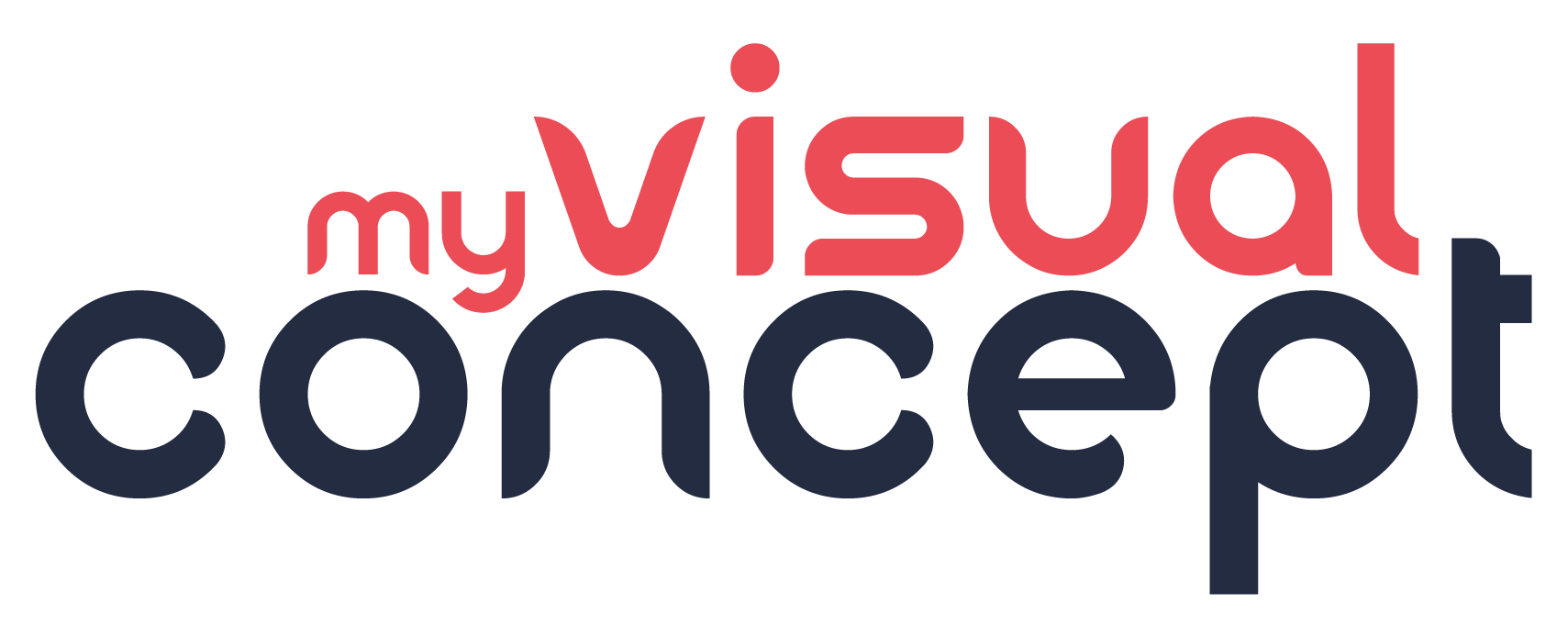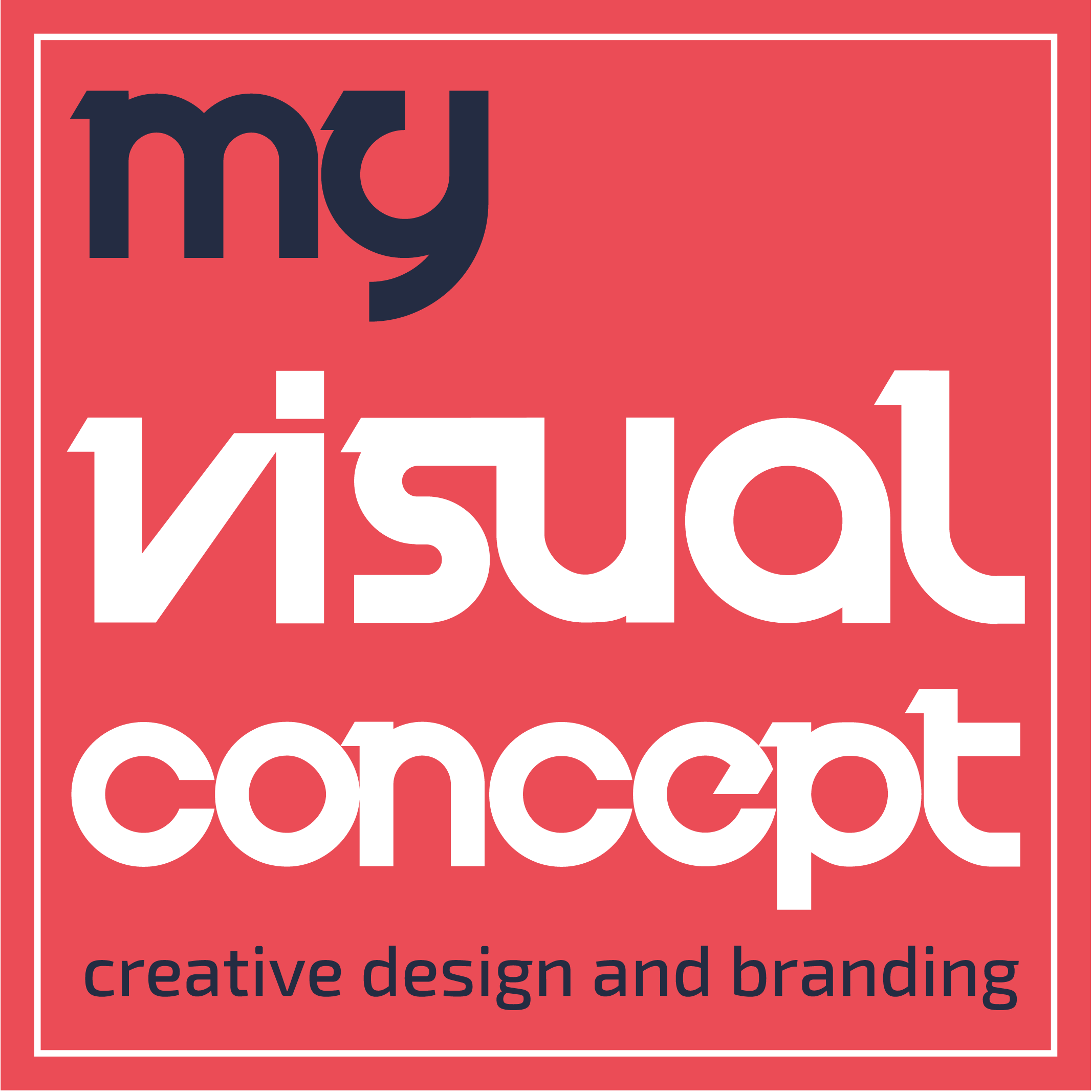In the age of digital saturation, personalized user experiences have become the hallmark of successful web and graphic design. Artificial Intelligence (AI) is at the forefront of this revolution, offering unprecedented opportunities for customization. By harnessing the power of AI, designers and developers can create experiences that adapt to individual user preferences and behaviors, setting a new standard for user engagement. This blog post explores how AI can personalize web and graphic design, enhancing user experiences across the digital landscape.
Understanding AI-Powered Personalization
AI-powered personalization leverages machine learning algorithms to analyze user data, including browsing history, interaction patterns, and preferences. This analysis enables the dynamic customization of content, layouts, and design elements, presenting users with experiences that feel tailor-made for them.
Tailoring Content to User Preferences
Content personalization is one of the most effective uses of AI in web and graphic design. By analyzing user engagement with different types of content, AI can help curate and present content that matches the user’s interests and past behaviors, significantly boosting engagement and satisfaction.
Dynamic Layouts and Design Elements
Beyond content, AI can also personalize web and graphic design elements themselves. For instance, it can adjust the layout, color scheme, or navigation of a website in real time, based on the user’s past interactions and preferences. This level of customization ensures that the design remains user-centric, improving usability and the overall experience.
Enhancing User Experiences with AI
Predictive User Interfaces
AI algorithms can predict a user’s next move based on their past behavior, enabling the design of predictive user interfaces that anticipate user needs. This could manifest as suggesting a particular function, highlighting certain content, or even adjusting the interface to streamline the user’s intended actions.
Adaptive Graphic Design
In graphic design, AI can analyze user responses to various visual elements and adapt designs accordingly. For instance, it might change a layout or visual theme for different user segments or even individual users, ensuring that each user feels personally addressed by the design.
Challenges and Opportunities
Balancing Personalization with Privacy
While personalization can significantly enhance user experience, it also raises privacy concerns. Designers must navigate the fine line between offering a tailored experience and respecting user privacy. Transparently communicating how data is used and providing users with control over their data are crucial steps in addressing these concerns.
Continuous Learning and Adaptation
AI thrives on data. The more it receives, the better it becomes at personalizing experiences. This continuous learning process allows for the constant evolution of design, ensuring that user experiences keep improving over time. However, this also means that designers need to maintain and update AI models regularly to adapt to changing user behaviors and preferences.
AI’s role in personalizing web and graphic design is transforming user experiences in the digital domain. By offering tailor-made content, layouts, and designs, AI ensures that each interaction feels unique and personal, significantly enhancing user engagement and satisfaction. However, leveraging AI for personalization requires a careful approach to privacy and an ongoing commitment to adaptation and learning. As we move forward, the integration of AI in design presents a promising horizon for creating more intuitive, engaging, and personalized user experiences.





